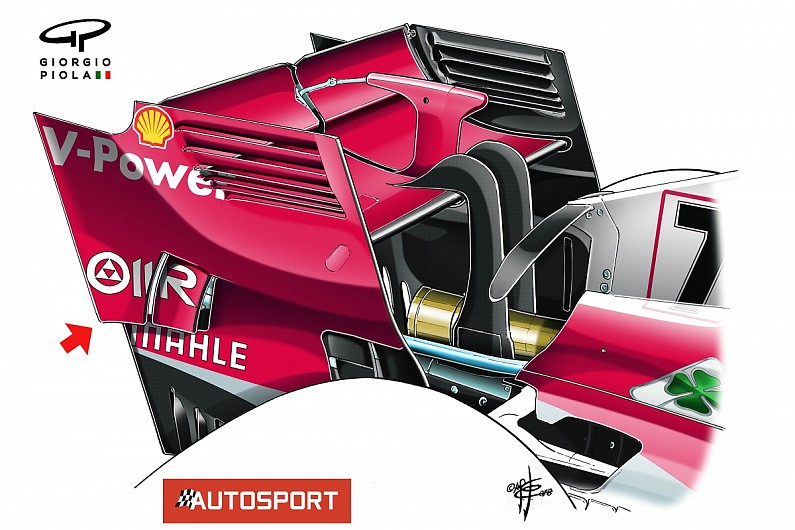Get unlimited access
You have only 5 articles remaining to view this month.
Ferrari might not have won the Singapore Grand Prix, but it arrived with another significant Formula 1 update to make sure its car was suited to the low-speed street circuit.
At the rear of the car, Ferrari introduced a new rear wing solution, pioneered by McLaren and previously seen on the Mercedes and Renault this season.
It features large slots in the transitional region of the wing to allow the airflow a more efficient passage for the high-downforce wing level.
McLaren started this trend last year at the Bahrain Grand Prix with its Honda-powered MCL32.
Towards the front of the car, Ferrari’s bargeboards were not an entirely new package. Instead, already prominent features were tuned to improve flow around their surfaces in line with the air speed they would encounter.

These revisions consisted of alterations to the size and geometry of the surfaces, with the forward-most ‘S’ shaped element moved a little further forward (white arrow). The central section of the main bargeboard also featured more pronounced elements (red arrows).
In line with these changes the elongated floor gills were shortened, highlighting how the airflow’s path is dictated by a daisy chain of surfaces that must all work in harmony with one another.
